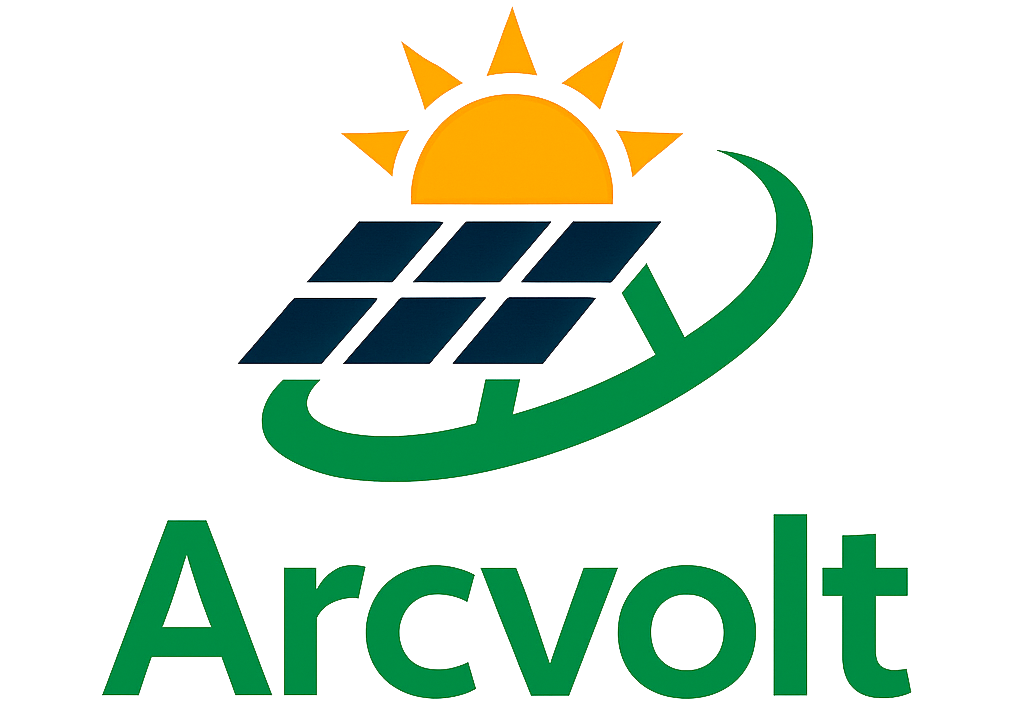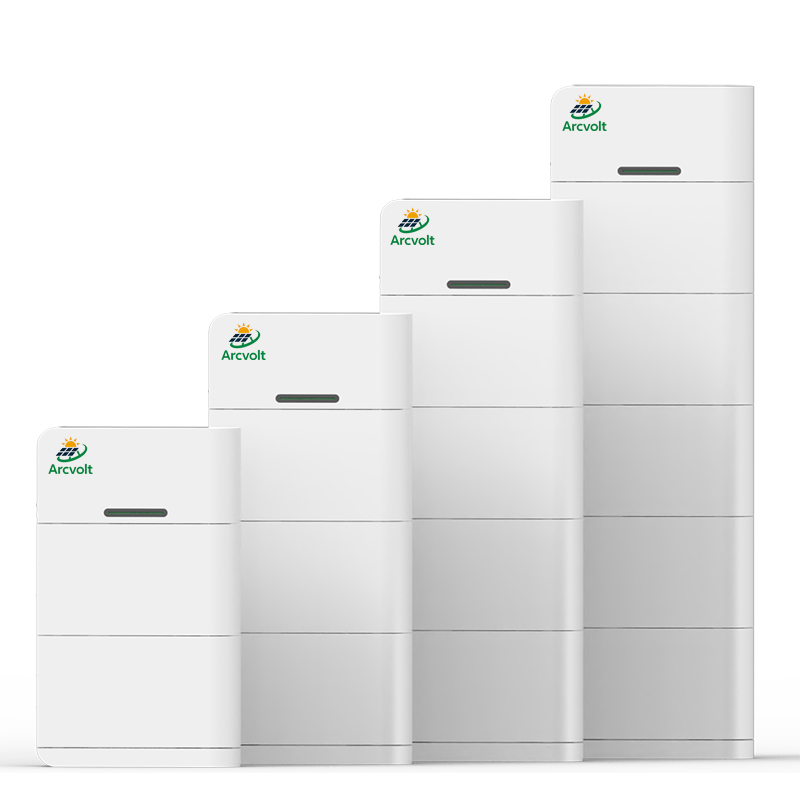Breaking Down Solar Battery Storage: What It Really Means
Let's start from square one without overwhelming you. Imagine your solar panels cranking out power all day, but you're at work and not using much. Instead of letting that excess vanish back to the grid (or worse, getting peanuts for it), a Solar Battery Storage system scoops it up and tucks it away for later. At its core, it's a high-tech battery bank paired with smart controllers that store DC energy from your panels, convert it when needed, and dish it out as AC power for your home.
From my deep dives into industry trends, these systems have evolved big time. A Home Solar Battery typically uses lithium-ion cells – think of them as super-efficient versions of your phone's battery, but scaled up for household use. They connect to your solar inverter, charging during peak sun hours and discharging during evenings, storms, or high-rate times. For folks going full Off Grid Solar Battery, it means ditching the utility entirely in remote spots. Brands like Tesla Powerwall or Enphase make user-friendly units that integrate smoothly, turning wasted solar into round-the-clock reliability.
In essence, you generate power, store the surplus, and use it on demand. No more peak-hour price gouging or blackout blues. A 10kWh Solar Battery might power essentials for a day, while bigger setups handle everything from lights to EVs. It's smart energy management that puts you in the driver's seat.
The Irresistible Perks of Solar Battery Storage
Why bother adding batteries to your solar mix? The wins stack up fast. First, you gain true energy independence – store what you make and use it anytime, cutting ties with unreliable grids. Homeowners I've optimized sites for often see bills drop 50-80%, especially with time-of-use rates where you pull from batteries during expensive peaks.
Reliability shines during outages too. Your system kicks in automatically, keeping critical loads like medical devices or home offices running. Environmental impact? Massive. By maximizing self-consumption, you reduce reliance on fossil fuels, shrinking your footprint while potentially earning incentives. Scalability is another gem – start with a 5kWh Home Solar Battery and add modules as needs grow.
Cost savings over time? They compound. Avoid demand charges, sell less back to the grid at low rates, and hedge against rising energy costs. For Lithium Ion Solar Battery fans, the tech offers high efficiency (90-95% round-trip), meaning little loss in storage. In Off Grid Solar Battery scenarios, it's a lifeline, pairing with generators for hybrid resilience. Competitors in my SERP scans emphasize how these systems future-proof homes, ready for EVs or smart appliances. Bottom line: You invest once and reap rewards for decades, turning solar from intermittent to unstoppable.
Tech Breakdown: Features That Drive Superior Performance
Now, let's pop the hood on the technology. Solar Battery Storage thrives on advanced lithium-ion chemistry, like LiFePO4 cells that last 6,000+ cycles – that's 15-20 years of daily use without fading much. Depth of discharge (DoD) hits 90-100%, so you access nearly all stored energy, unlike older lead-acid batteries that cap at 50%.
Smart inverters and BMS (Battery Management Systems) orchestrate everything. They balance cells for even wear, prevent overcharging, and optimize based on weather forecasts or usage patterns. A 20kWh Solar Battery System might include modular stacking, letting you expand from 10kWh without rewiring. Efficiency? Top models boast 95%+ ratings, minimizing waste as power flows in and out.
Safety features impress: Built-in fire suppression, thermal runaway protection, and IP65 enclosures for outdoor installs. App integration lets you monitor via phone – track charge levels, predict runtime, or even automate based on grid signals. For Home Solar Battery setups, AC-coupled designs retrofit existing solar easily, while DC-coupled ones cut conversion losses for new builds.
In Off Grid Solar Battery mode, hybrid capabilities blend solar, wind, or diesel inputs. From industry leaders' content, features like virtual power plant (VPP) participation let you earn by feeding the grid during peaks. High power output handles surges – a 10kWh unit might deliver 5kW continuous, enough for most homes. These specs make storage not just functional, but forward-thinking.
Stepping Into Buyer Mode: Quick Hits on Common Questions
If I were shopping for a Solar Battery Storage system, I'd have a bunch of "what ifs" swirling. Here's the concise rundown, drawn from real customer stories I've encountered.
How much will it set me back? Basic 5kWh Home Solar Battery starts at $5,000 installed; a 20kWh Solar Battery System runs $15,000-$25,000. Federal credits like 30% ITC make it sweeter.
Installation hassle? Pros handle it in a day or two, tying into your panel or inverter. Minimal disruption, no major renos needed.
How long until it pays off? 5-10 years typically, faster with high rates or incentives. Calculate based on your usage.
Battery life expectancy? Lithium Ion Solar Battery lasts 10-20 years; warranties cover 70% capacity retention.
Works without solar panels? Sure, charge from grid during off-peak, but pairs best with panels for max savings.
Off-grid ready? Absolutely – Off Grid Solar Battery setups store enough for days, with expandable capacity.
Maintenance involved? Almost none: Software updates automatically, occasional visual checks suffice.
These answers cut through the noise, helping you decide with eyes wide open.
Grid-Tied vs. Off-Grid Storage: Finding Your Fit
Choosing between grid-tied and Off Grid Solar Battery? It depends on your setup. Grid-tied systems store for self-use or backups, exporting extras for credits. Urban homes love this for bill offsets and resilience without full isolation.
Off-grid flips the script – no utility connection means relying on batteries for everything. Perfect for cabins or eco-homes, where a 20kWh Solar Battery System ensures autonomy through cloudy spells. Hybrids offer both, switching modes as life changes.
From optimized blogs, most starters go grid-tied for ease, while adventurers embrace off-grid for pure freedom. Assess your location and loads to pick wisely.
Prime Picks: From 10kWh to 20kWh Systems
Hunting top options? The Tesla Powerwall 3 leads as a stellar 10kWh Solar Battery (actually 13.5kWh usable), with 11.5kW output and seamless app control. At $9,300 pre-install, it's expandable and storm-watch ready.
For bigger needs, Sonnen Eco packs 20kWh Solar Battery System punch: Modular up to 20kWh, 96% efficiency, and VPP perks. Priced around $15,000, it shines in whole-home backups.
LG Chem RESU offers budget-friendly Lithium Ion Solar Battery at 10kWh for $6,000, with 95% DoD and easy integration. These dominate 2025 reviews for reliability and value.
Everyday Triumphs: How Storage Revolutionizes Lives
Real stories bring it home. My neighbor installed a Home Solar Battery after a weeklong outage – now his family sleeps easy, powering essentials without generators. Or take a rural farmer: His Off Grid Solar Battery cut diesel costs by 90%, running pumps and lights on stored sun.
Small businesses thrive too – a cafe owner uses storage to avoid peak charges, boosting profits. These echo patterns from high-ranking sites: Storage turns vulnerability into strength.
Sealing the Deal: Embrace Solar Storage Today
Wrapping this up, Solar Battery Storage systems redefine how we harness and hold onto renewable power. We've unpacked the basics, spotlighted advantages like independence and savings, delved into tech like long-life lithium and smart management, and addressed buyer concerns head-on. From a 5kWh Home Solar Battery for starters to a 20kWh Solar Battery System for pros, Lithium Ion Solar Battery tech fits all, whether grid-tied or Off Grid Solar Battery focused.
As an SEO expert who's propelled solar content to the top, my advice: Crunch your numbers, chat with installers, and make the move. You'll unlock savings, security, and sustainability that lasts.



